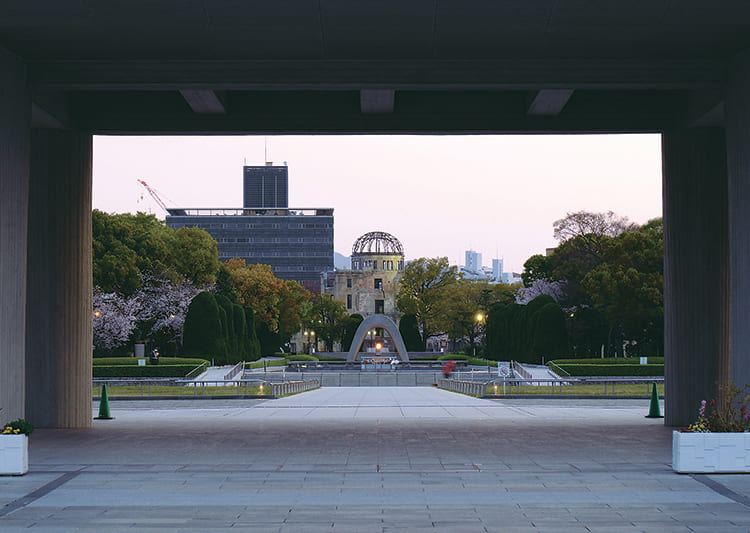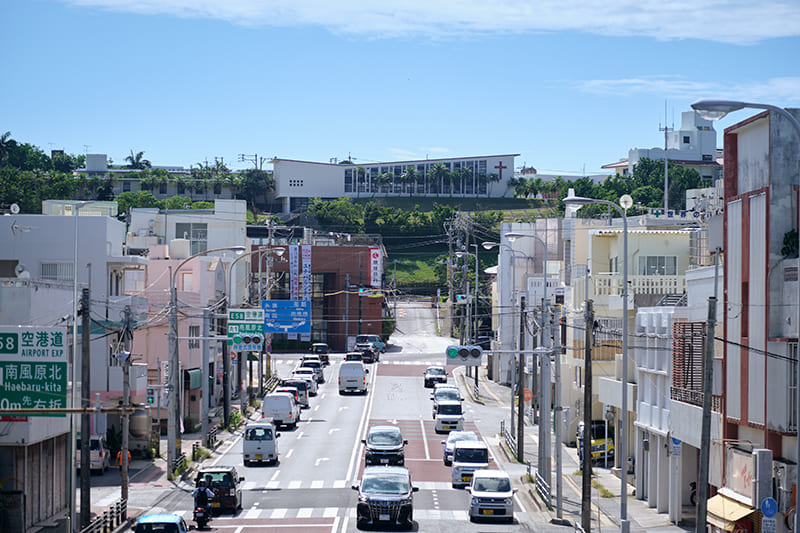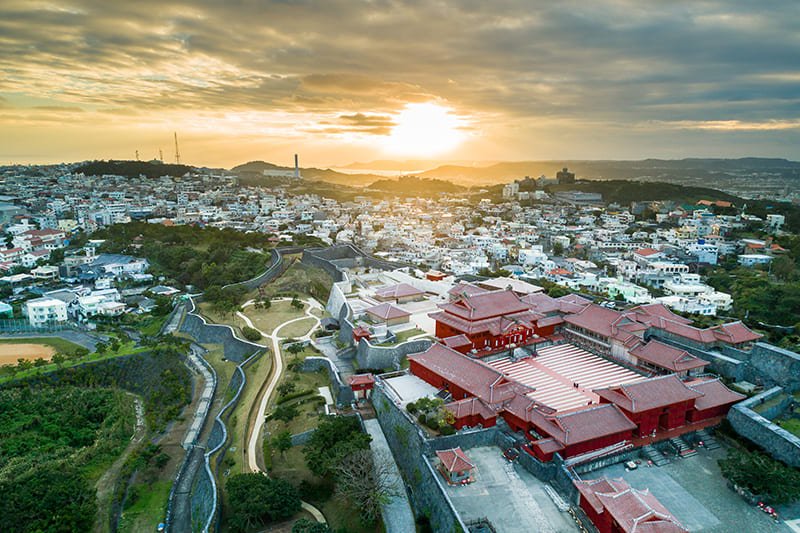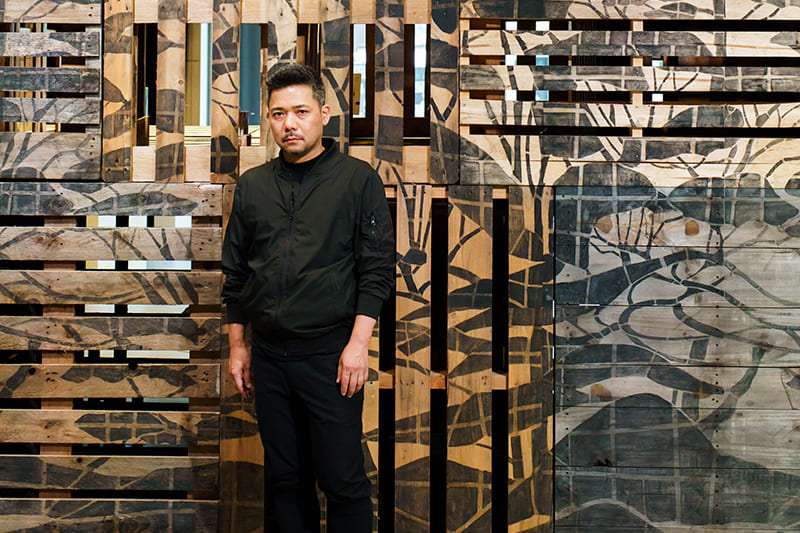November 25, 2022
Vol18: FROM THE EDITOR

This year marks the 50th anniversary of the reversion of Okinawa to Japan. World War II ended in August 1945 with Japan’s acceptance of the Potsdam Declaration. Japan was occupied by the Allies for about 6½ years, regaining its sovereignty in 1952 with the Treaty of San Francisco. However, Okinawa remained under United States rule for a further 20 years. During that time, land was requisitioned for the construction of military facilities, human rights violations by military personnel came to light, and debate over reversion grew. On May 15, 1972, Okinawa finally returned to Japan.
When talking about Okinawa, it is impossible to avoid war and the U.S. military bases. During World War II, the only ground battle in Japan took place in Okinawa, and many civilians were killed. In addition, even after the reversion, U.S. military bases remained on the island, and even today they are contentious.
And yet despite these burdens, the people of Okinawa are trying to move forward. In this edition we introduce a portion of Okinawa’s history and culture, both of which differ from the rest of Japan in many ways.
Return to Sustainable Japan Magazine Vol. 18 article list page

















